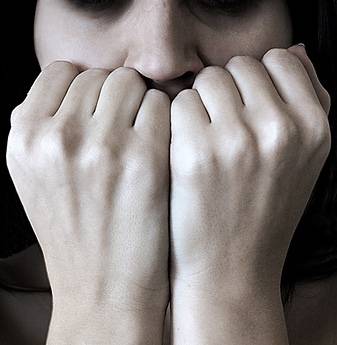
Anxiety is a common experience. We all feel anxious sometimes, whether it’s before a big presentation, an important exam, or a difficult conversation. This feeling of nervousness or worry is actually a normal part of our body’s fight-or-flight response, helping us stay alert and focused in potentially threatening situations.
However, for some people, anxiety can become overwhelming and disruptive to daily life. When anxiety is excessive, persistent, and interferes with your ability to function, it may be a sign of an anxiety disorder.
The Difference Between Normal Anxiety and Anxiety Disorders
Here’s how normal anxiety differs from anxiety disorders:
- Intensity and Duration: Normal anxiety is usually mild and fleeting, resolving once the stressful situation has passed. Anxiety disorders, however, involve intense and long-lasting worry and fear.
- Focus: Normal anxiety is typically focused on a specific concern. Anxiety disorders can manifest as generalized worry about various aspects of life.
- Impact: Normal anxiety doesn’t significantly impact your daily routine. Anxiety disorders can significantly disrupt your work, relationships, and overall well-being.
Symptoms of Anxiety Disorders

Anxiety disorders can manifest through a combination of physical, emotional, and behavioral symptoms. Some common signs include:
- Feelings of nervousness, restlessness, or being on edge
- Anticipatory worry or fear of future events
- Rapid heart rate, sweating, and shortness of breath
- Difficulty concentrating or thinking clearly
- Trouble sleeping
- The urge to avoid places or situations that trigger anxiety
Types of Anxiety Disorders

There are several different types of anxiety disorders, each with its specific characteristics. Some of the most common ones include:
- Generalized Anxiety Disorder (GAD): Persistent worry about a wide range of things, with difficulty controlling the worry.
- Social Anxiety Disorder: Intense fear of social situations and scrutiny from others.
- Panic Disorder: Sudden episodes of intense fear and physical symptoms that peak within minutes (panic attacks).
- Phobias: Intense and irrational fear of specific objects or situations.
Treatment Options for Anxiety
The good news is that anxiety disorders are highly treatable. Common treatment approaches include:
- Psychotherapy: Techniques like cognitive-behavioral therapy (CBT) can help identify and change negative thought patterns that contribute to anxiety.
- Medication: Anti-anxiety medications can help manage symptoms and improve overall well-being.
- Lifestyle Changes: Regular exercise, relaxation techniques, and healthy sleep habits can significantly reduce anxiety levels.
If you are struggling with anxiety, it’s important to seek professional help. A doctor or therapist can diagnose the specific type of anxiety you have and develop a treatment plan that’s right for you.
Additional Resources:
- National Institute of Mental Health: Anxiety Disorders
- American Psychiatric Association: What are Anxiety Disorders?
- Mayo Clinic: Anxiety disorders – Symptoms and causespen_spark

Leave a Reply